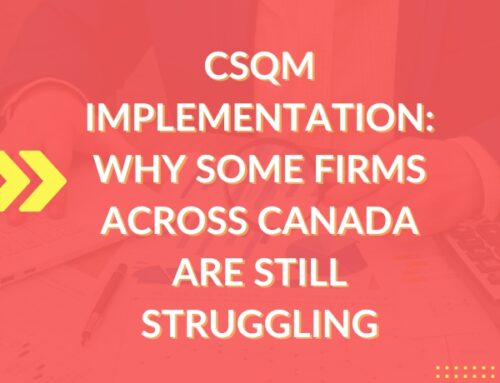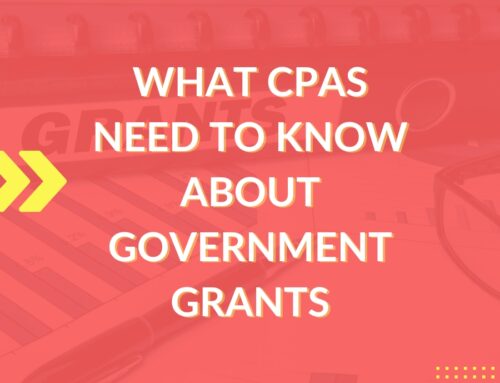August 24, 2023.
Do you recognize any of the following common trust scenarios?
- An inter vivos trust with a prescribed rate loan,
- A family trust earning rental income,
- A spousal trust generating capital gains (or capital losses), or
- A trust settled for a disabled person that earns portfolio investment income.
If you answered yes to any of these scenarios, you will want to read further as the new AMT rules will impact the taxation of these structures effective January 1, 2024 if the measures as described in the federal government’s 2023 budget document entitled Tax Measures: Supplementary Information and confirmed by the Department of Finance Canada’s publication, Explanatory Notes to Legislative Proposals Relating to the Income Tax Act and Regulations released on August 4, 2023, are enacted. The Government has invited feedback on these proposals by email to [email protected].
Because the AMT exemption set out in ITA (Canada) s. 127.51 does not apply to trusts (other than Graduated Rate Estates (“GRE”) and certain Qualified Disability Trusts (“QDT”)), most trusts will have no protection from AMT.
There is a perception among some that trusts are used only by high-income earners to avoid income tax. But there are a variety of reasons for using trusts beyond avoiding tax; like “spousal trusts”, trusts established for care of children orphaned by their parents, or a Henson trust established for a person with a life-long disability.
Unlike natural individuals, trusts will become subject to the AMT on every dollar earned under the proposed AMT rules. This creates an inequity, whereby trusts will be significantly disadvantaged compared with individuals.
The broadened application of the AMT along with the elimination of the exemption for trusts will result in AMT exposure for engaging in regular income earning activities that are not tax abusive transactions.
Consider the following common examples.
An inter vivos trust with a prescribed rate loan. A parent creates an inter vivos (family) trust for their children. A $500,000 prescribed rate loan at a 5 percent interest rate is exchanged for cash which is then invested. The trust earns $50,000 of investment income. The trust pays $25,000 interest to the parent to satisfy the terms of the prescribed rate loan. Under current AMT rules, the trust would have $25,000 ($50,000 – $25,000) of net income either to be taxed inside the trust or distributed to the beneficiaries. But under the proposed AMT rules 50 percent of the interest would be denied, with the result that $37,500 of adjusted taxable income (“ATI”) would be subject to AMT.If the trust distributes $25,000 to the beneficiaries, the trust will owe federal AMT of $7,688 (20.5 percent of $37,500). AMT cannot be avoided by distributing $37,500 ($50,000 – $12,500) of income to the beneficiaries since subsection 104(6) restricts the amount of income available for distribution to $25,000 ($50,000 – $25,000) or [the trust’s] “income…for the year”.Besides which the trust only has $25,000 of cash available (not $37,500) to pay to its beneficiaries, even before considering the AMT liability.
Portfolio investment income. A similar situation arises when an inter vivos trust earns income from portfolio investments. In this scenario 50 percent of any carrying charges incurred to earn investment income will be disallowed under proposed AMT rules. So, AMT will apply to the trust even if the trust distributes all its net income to beneficiaries.
In the absence of mitigating provisions, it appears that most trusts holding investment portfolios will have taxes payable every year from the broadening of the AMT base. The proposed amendments will likely give many of these trusts little option but to incorporate their investment portfolio to escape AMT.
Rental income earned by a trust. Consider another common example: A rental property owned by a trust. During the current year, the trust earned $4,000. (During the prior year, the trust had a $4,000 rental loss.) Currently, this year’s income can be eliminated by using the prior year’s non-capital loss. But the proposed AMT changes would deny 50 % of the loss carryover such that the AMT would remain on $2,000 (that is, AMT of $410, calculated as $2,000 X 20.5 percent).The trustee could distribute the current year’s rental income to beneficiaries and avoid the impact of the AMT. But by doing so, the trust would lose the benefit from the prior-year non-capital loss as it can not be applied without attracting AMT.
Net losses in a trust. The same AMT result could arise to a trust – for example, a spousal trust – in a net loss position because the trust may have some income from preferential items such as capital gains or dividends. In this scenario, no income can be distributed under subsection 104(6) because the trust is in a net loss position. If distributions were allowed, natural individuals could have absorbed the impact of the AMT owing to the availability of AMT exemption rooms.
The issues above are further affected by the increase of the AMT rate to 20.5 percent which will also affect AMT at the provincial level.
If these changes to trusts concern you, then consider expressing your concerns by email to [email protected] no later than September 8, 2023. Also consider forwarding this article to your MP to make them aware of the adverse consequence these amendments will have to some of their constituents who are also beneficiaries of trusts. Consequences that are contrary to the government’s policy to target only “high-income” earners.
There are numerous problems with these proposals some of which have been identified here. No doubt, others will emerge as further consideration is given to them.
To learn more about these and other changes, register for AJAG’s 2023 Income Tax Update HERE.






